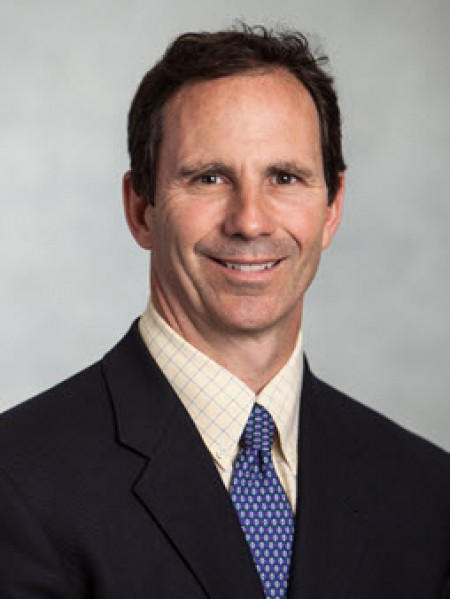
The plan, as Luke Sewall drew it up, was to become a doctor, play college football and go to Notre Dame.
“I even had a room, a class schedule and a preferred walk on status at Notre Dame in July of 1980,” he says.
Then, just as classes were about to begin in South Bend, Ind., Dan Devine announced the upcoming season would be his last with the Fighting Irish, mucking up Sewall’s grand plan.
“That’s when I learned that the University of Illinois was bringing in a new coach from the West Coast named Mike White,” Sewall says.
“I called Mike and asked him if I could come to Illinois. Mike was outgoing, energetic and refreshingly straightforward and honest. He didn’t promise me anything but admitted that he would love to have me try out for the team.
“Four years, four letters, two bowl games and a radical change in Illinois football tradition confirmed that it was one of the best decisions I’ve ever made.”
Sewall wound up going 2-for-3 on his life plan. After earning his bachelor’s in biology from Illinois, then his MD from Johns Hopkins, he became Dr. Luke Sewall — a vascular and interventional radiology specialist based in Hinsdale.
But back to football — and the guy who had as profound an impact on Sewall’s life as anyone.
“Mike White was a leader, a mentor, a teacher and a great football mind. He treated us like adults and expected the same in return. He promised to change the way the Big Ten played football and I can tell you watching the games in recent years, he accomplished his goal.
“Illinois went from 3 yards and a cloud of dust to a wide-open, West Coast offense — and the beginning of that change wasn’t subtle. In the very first game he ever coached, he told quarterback Dave Wilson to go deep on the first play — even if the receiver was covered and double-teamed. He wanted to make a statement — and he did.
“The pass was incomplete, but I remember the standing ovation in Memorial Stadium to this day. Beginning with that play, we never looked back.
“I was a backup defensive back and a captain of special teams, playing on every unit. I wasn’t a star but I was an important role player. Mike was clear with his players. He would say: ‘You will all get treated fairly, but you are not all equal.’ What he meant was that his star players got different treatment than his scrubs — and that was OK.
“Not many people will admit that up front, but it is refreshing to know where you stand. It is a good life lesson that too few people understand when they have their hand out expecting some special treatment for doing nothing.
“Mike also taught me visualization. Imagine a football coach in the late ’70s and early ’80s having his team lie down in a dark locker room and go through imagery of what they want to accomplish in the game. Professional athletes — golfers in particular — take this indispensable practice for granted in today’s sporting world, but back then it was a revolutionary idea. I still use his training today in my medical practice prior to a big or complex surgery.
“Mike taught me business. While he was a great leader and a great football coach in my time, he was also a great marketer. He brought merchandising, music, labels to beer and media to bear in making sure everyone knew the Illini of the ’80s were going to be different. He didn’t let this happen passively; he pushed it and was part of it. I still have Illini beer and a .45 record of the football marketing in my home office today.
“Finally, Mike taught me the importance of following through with your commitments. My final game at Illinois was the 1984 Rose Bowl. We had a chance at a national title. That season, we set a record that will stand forever: we were undefeated in Big Ten play and we beat every other Big Ten team.
“Losing that game was devastating but he made a promise in the locker room. He said he would get that team back together in 20 years for a reunion.
“Well, it didn’t happen 20 years later, but it did happen in 2007. He arranged a reunion for the Rose Bowl. Amazingly, a large percentage of the players made it to that reunion and Mike was front and center. We reminisced about old times, caught up on new times and shared stories of the years in between.
“Due in no small part to my Illinois football career, I went to Johns Hopkins Medical School. I did my residency in Madison at the University of Wisconsin and then traveled to Portland, Oregon to do my interventional radiology fellowship at the Dotter Institute, where interventional radiology was invented and founded.
“Today, I have established an amazing medical practice that innovates new procedures and new ways to treat people with minimally invasive surgeries every day. We have grown to a unique 11-physician practice covering much of the Chicago suburbs and I treat my partners and staff the way Mike White taught.
“The competitive spirit, visualization, business acumen and drive that Mike White helped hone in college has served me and my patients well, long after the crowd noise has passed.
“The years have passed, and Mike White may not remember me, but I certainly remember him.”
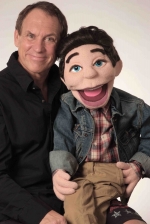
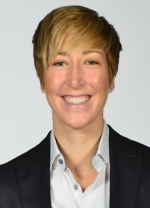
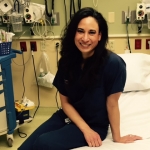

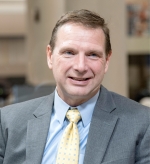
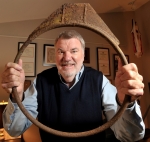
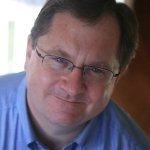
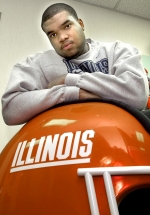
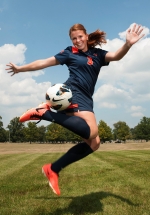
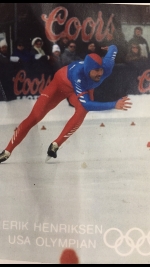
© 2025 The News-Gazette, All Rights Reserved | 201 Devonshire, Champaign, IL | 217-351-5252 | www.news-gazette.com
